12 Antique Clocks Every Collector Loves to Show Off
Antique clocks bring timeless character to any home, blending history, artistry, and charm in every tick. Each style tells a story, from grand wooden cases to delicate brass designs that reflect the craftsmanship of past centuries. Collectors and homeowners alike appreciate their beauty and precision, making them standout conversation pieces in living rooms, offices, and hallways. Many antique clocks still function today, offering both elegance and practicality. Whether it is a stately grandfather clock or a whimsical cuckoo clock, these pieces add warmth and personality to any space.
Grandfather Clock
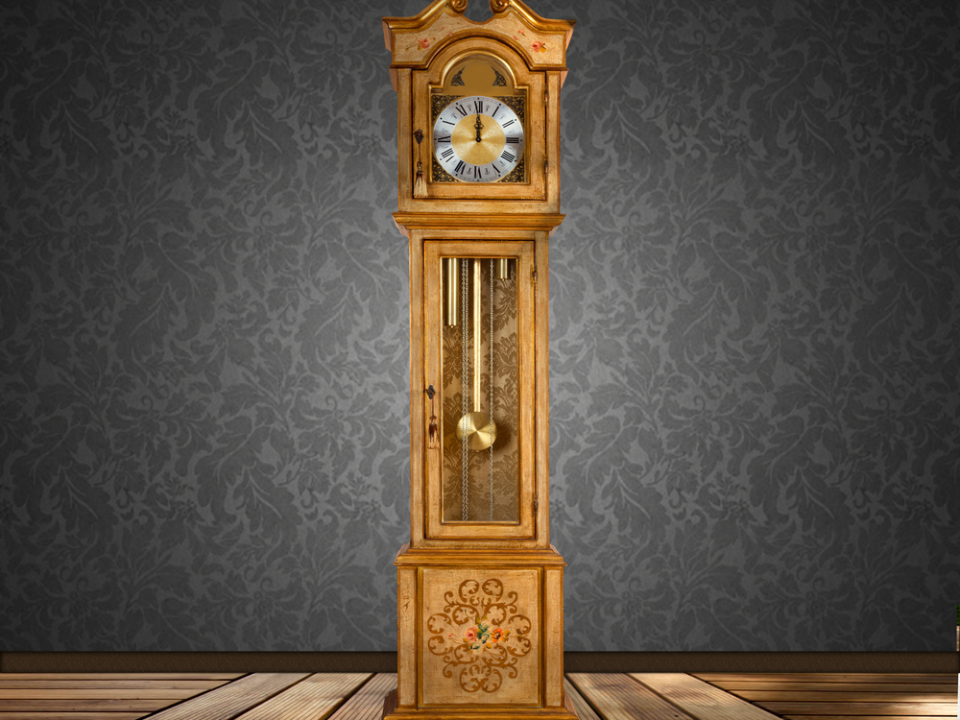
A grandfather clock is one of the most recognizable antique timepieces that can instantly create a sense of charm in any room. These tall floor clocks often feature ornate wood carvings, brass pendulums, and chimes that strike on the hour. The most valuable models were produced in the eighteenth and nineteenth centuries and can still keep accurate time with proper maintenance. Their towering presence and craftsmanship make them a centerpiece in traditional or rustic homes.
Many collectors prefer English and American models such as those from Howard Miller or Ridgeway. Maintaining their mechanisms involves regular cleaning and occasional oiling of gears. When kept in good condition, an authentic grandfather clock can range from $1,000 to $15,000 depending on its maker and condition. These clocks are often passed down through generations as treasured family heirlooms.
Mantel Clock
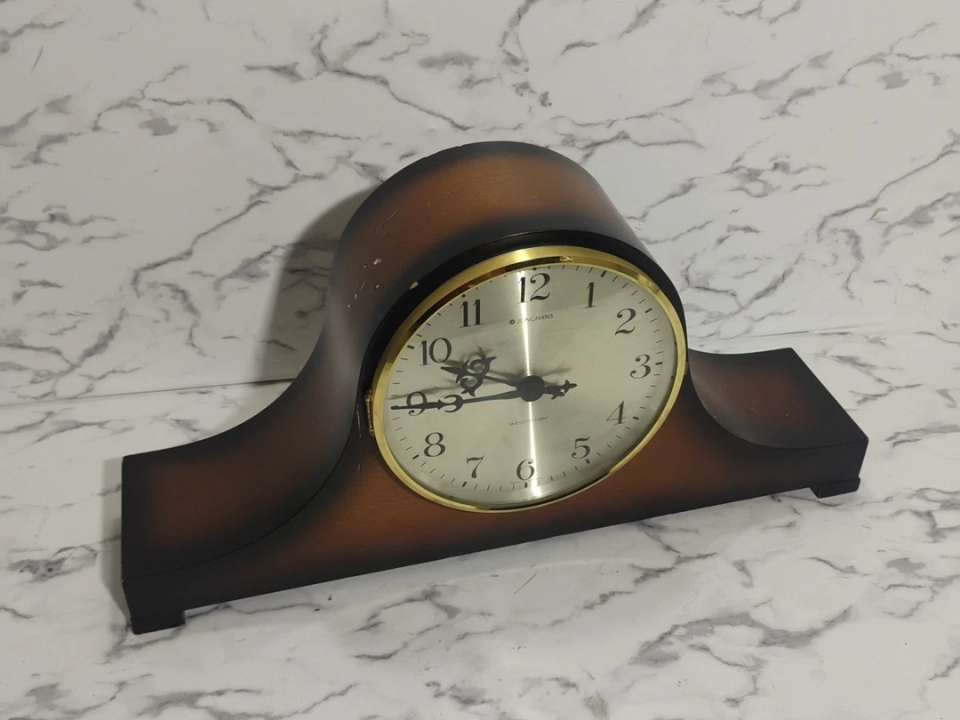
Mantel clocks were designed to sit elegantly on a fireplace mantel or a sturdy shelf. They became popular during the Victorian period and were often made from marble, bronze, or intricately carved wood. The charm of these clocks lies in their compact size and detailed artistry, often paired with delicate clock faces and Roman numerals. Collectors appreciate their versatility and ability to blend with both classic and modern interiors.
French and American mantel clocks from the late 1800s remain some of the most sought-after. Winding these clocks weekly helps maintain their rhythmic ticking sound. Depending on the craftsmanship and brand, such as Ansonia or Seth Thomas, the value typically falls between $200 and $2,000. A well-preserved mantel clock adds both function and a sense of refined nostalgia to any home.
Wall Regulator Clock
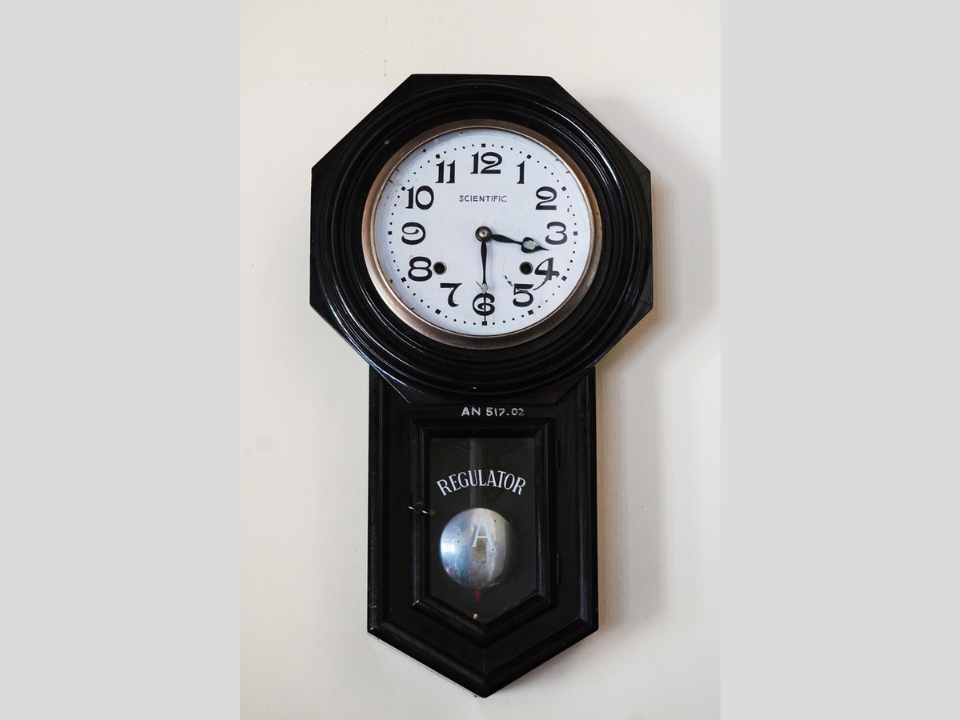
Wall regulator clocks were designed for precision timekeeping, often used in train stations and offices during the nineteenth century. Their long pendulums and simple, clean cases made them both reliable and visually appealing. Crafted from oak or walnut, many feature glass panels that allow the pendulum’s movement to be visible. They are ideal for anyone who wants a classic timepiece that exudes structure and rhythm.
Collectors appreciate regulator clocks for their accuracy and solid engineering. Some popular names include Gustav Becker and Vienna Regulators. To maintain their function, they need careful handling and regular winding. Prices for authentic antique regulators can range between $500 and $3,000. They remain a favorite for collectors who enjoy the quiet elegance of precision timekeeping.
Atmos Clock
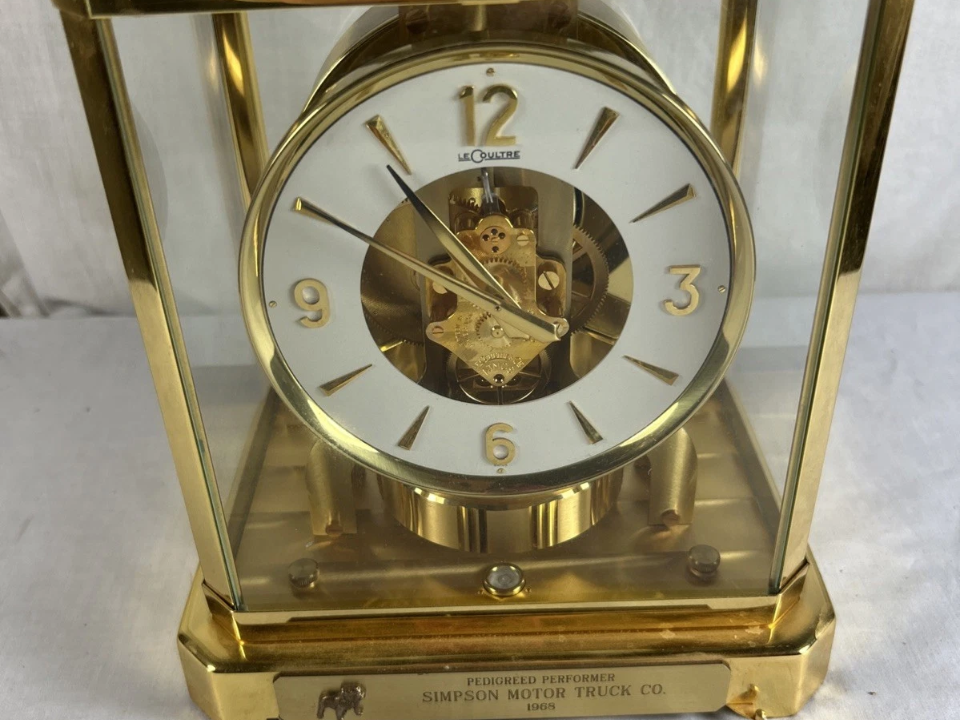
An Atmos clock is a mechanical marvel powered by changes in temperature and air pressure. Created by Jaeger-LeCoultre in the early twentieth century, it symbolizes engineering brilliance and timeless style. These clocks require no winding, as the natural expansion and contraction of gas inside a sealed capsule keep them running. Their transparent glass casing makes them an eye-catching conversation piece in any home.
Collectors admire the Atmos clock’s near-silent movement and long-lasting durability. It represents a bridge between antique mechanics and modern innovation. Prices for original vintage models can start around $800 and reach upwards of $10,000 depending on age and model. Owning one is like displaying a piece of mechanical art that never stops ticking.
Skeleton Clock
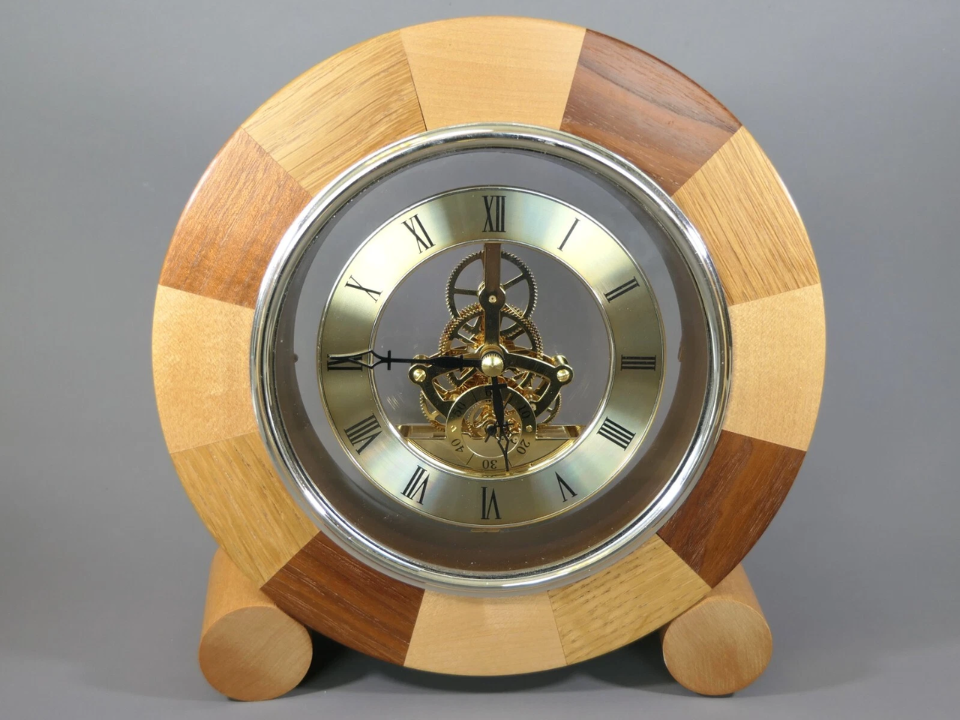
Skeleton clocks showcase their inner mechanisms in full view, revealing the intricate movements that make them tick. Originating in the late eighteenth century, these clocks were often displayed under glass domes to protect their delicate gears. They are admired for their visual appeal and the craftsmanship required to make each component visible. The see-through design highlights both artistry and engineering skill.
Many skeleton clocks were handcrafted in France and England, often featuring brass frames and detailed engravings. They require careful maintenance and dusting to keep the exposed gears functioning smoothly. Depending on their age and maker, antique skeleton clocks are typically valued between $400 and $2,500. Their transparent design adds a sense of curiosity and wonder to any display.
Bracket Clock
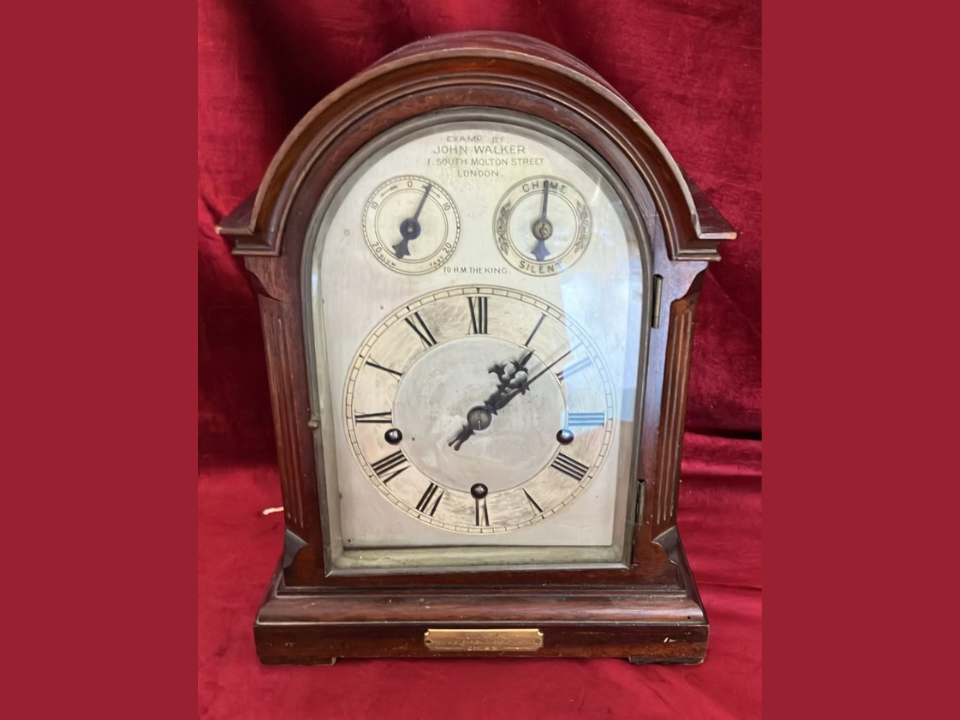
A bracket clock, sometimes known as a table clock, was popular in the seventeenth and eighteenth centuries. Designed to sit on wall brackets or tables, these clocks often feature rich wooden cases with brass embellishments. Many models also include carrying handles on top, showing their portability during the period. Their refined appearance and pleasant chimes make them a sign of old-world sophistication.
Famous makers such as Thomas Tompion and George Graham produced some of the most collectible bracket clocks. These clocks often run for eight days before needing to be wound again. Depending on craftsmanship and condition, they usually range in value from $1,000 to $8,000. Displaying one brings a sense of historical grace to any study or living room.
Banjo Clock
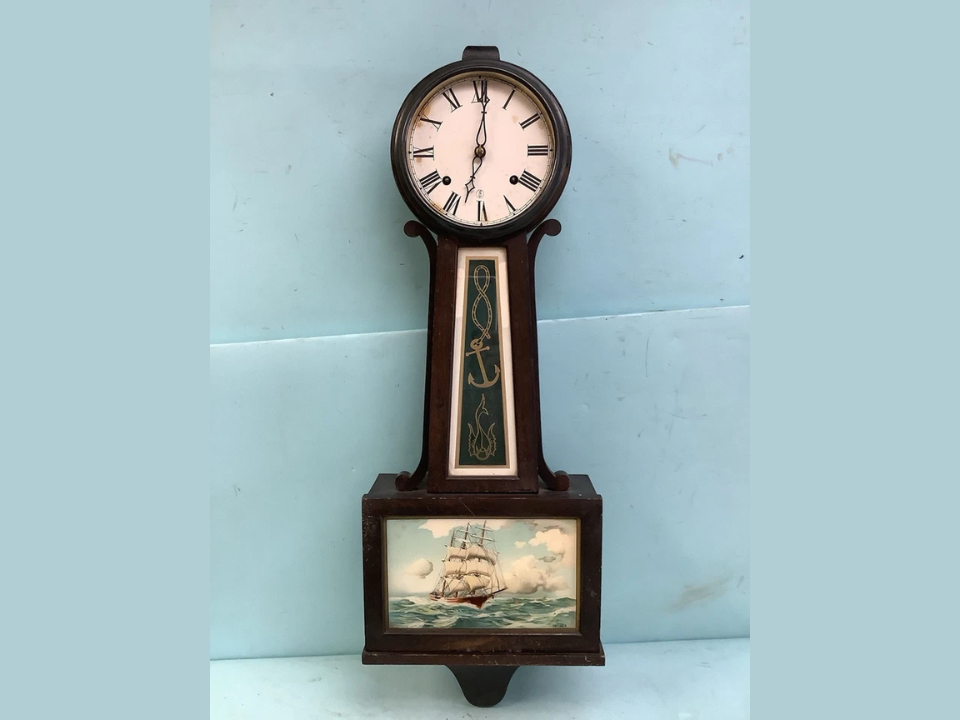
Banjo clocks have a distinctive shape resembling the musical instrument they are named after. Developed in the early 1800s in America, they feature a circular face and long body often decorated with reverse-painted glass panels. Their unique form makes them instantly recognizable among collectors. They are compact yet elegant, perfect for hallways or small sitting rooms.
Seth Thomas and Simon Willard are well-known names linked to early banjo clock production. Authentic antique models remain highly collectible due to their rarity and craftsmanship. The price of an original banjo clock generally falls between $700 and $5,000. Adding one to your home brings a touch of early American charm and history.
Carriage Clock
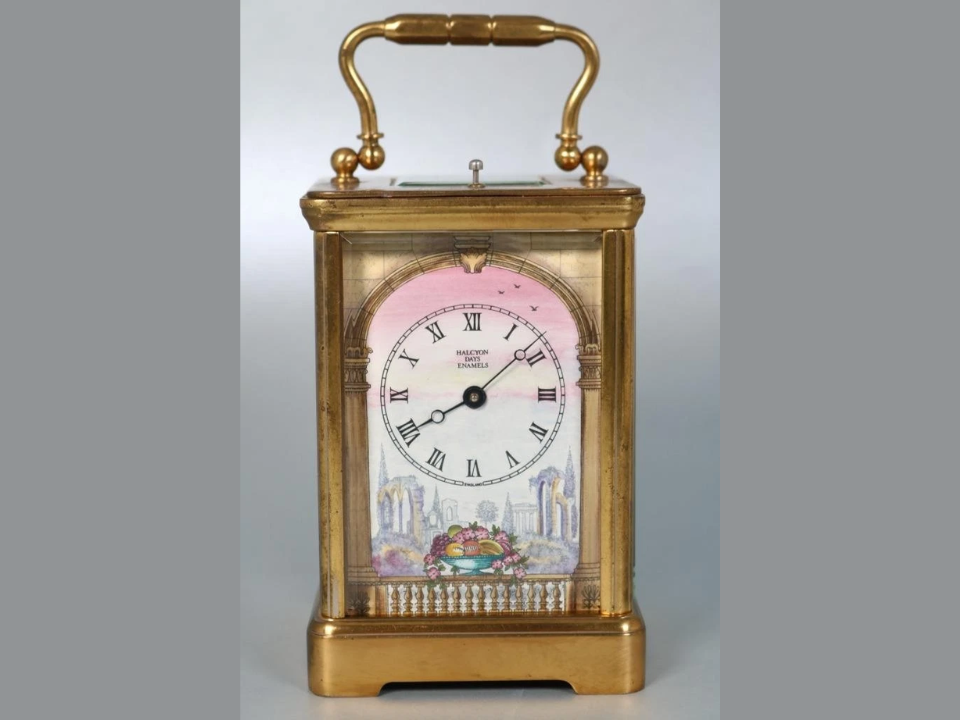
Carriage clocks were made for travelers during the nineteenth century, offering portability and precision in one design. They feature brass cases with glass panels and often have a handle for easy carrying. These clocks were used by aristocrats during journeys and became symbols of refinement and wealth. Many include chiming mechanisms and fine enamel faces that retain their shine after centuries.
To keep a carriage clock in good condition, it should be stored in a dry environment and occasionally serviced by a specialist. French carriage clocks are particularly valued for their quality and mechanical complexity. Depending on maker and age, their market value ranges from $300 to $2,000. They bring a sense of refined travel history to modern interiors.
Anniversary Clock
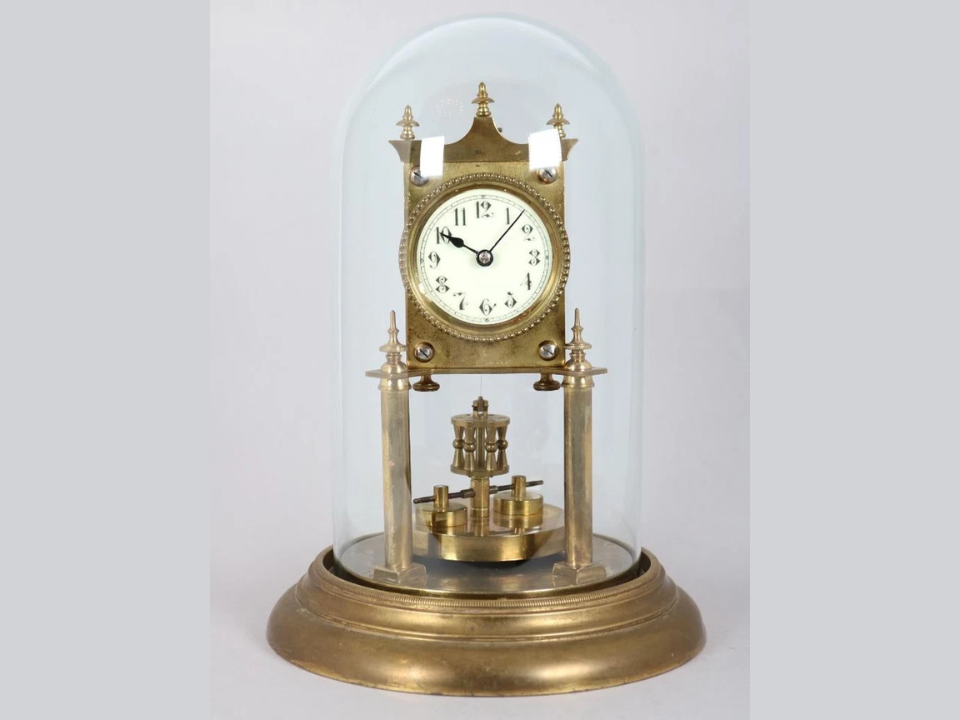
An anniversary clock, or 400-day clock, can run for an entire year on a single winding. It became popular during the twentieth century for its slow-turning pendulum and dome-shaped glass cover. The clock’s gentle motion and simple elegance make it suitable for display on shelves or tables. They are commonly given as gifts to commemorate special occasions, which adds sentimental value.
Manufacturers such as Kundo and Schatz produced some of the most reliable anniversary clocks. To keep them functioning properly, they should be placed on a stable surface away from drafts. Depending on the brand and design, their prices range from $100 to $800. Their graceful motion and long runtime make them an appealing mix of style and practicality.
This post may contain affiliate links, which helps keep this content free. Please read our disclosure for more info.
Lantern Clock
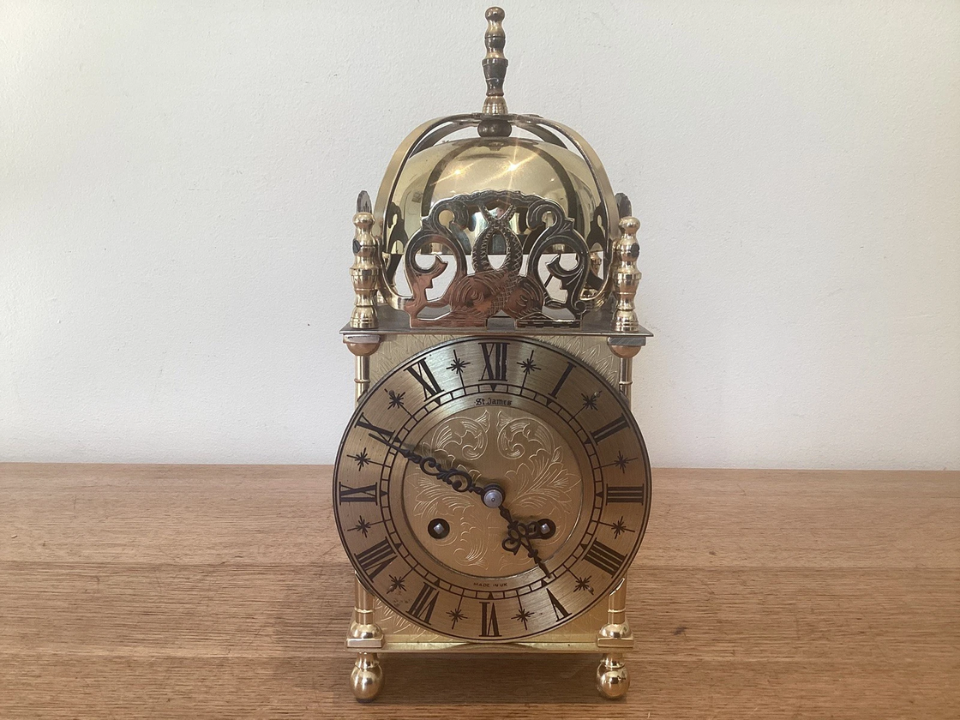
Lantern clocks were among the earliest domestic clocks, first appearing in England during the seventeenth century. Their tall brass cases, bell tops, and exposed gears make them striking decorative pieces. These clocks were typically weight-driven and featured ornate engravings on the front plate. Many of them were handmade, giving each piece a unique character that reflects its maker’s artistry.
Collectors value lantern clocks for their rarity and historical significance. Some of the finest examples were crafted by English clockmakers such as Edward East. They are often restored with great care due to their age and delicate mechanics. Depending on the condition and origin, an antique lantern clock can cost between $1,500 and $10,000, making it a prized addition to any collection.
Vienna Wall Clock
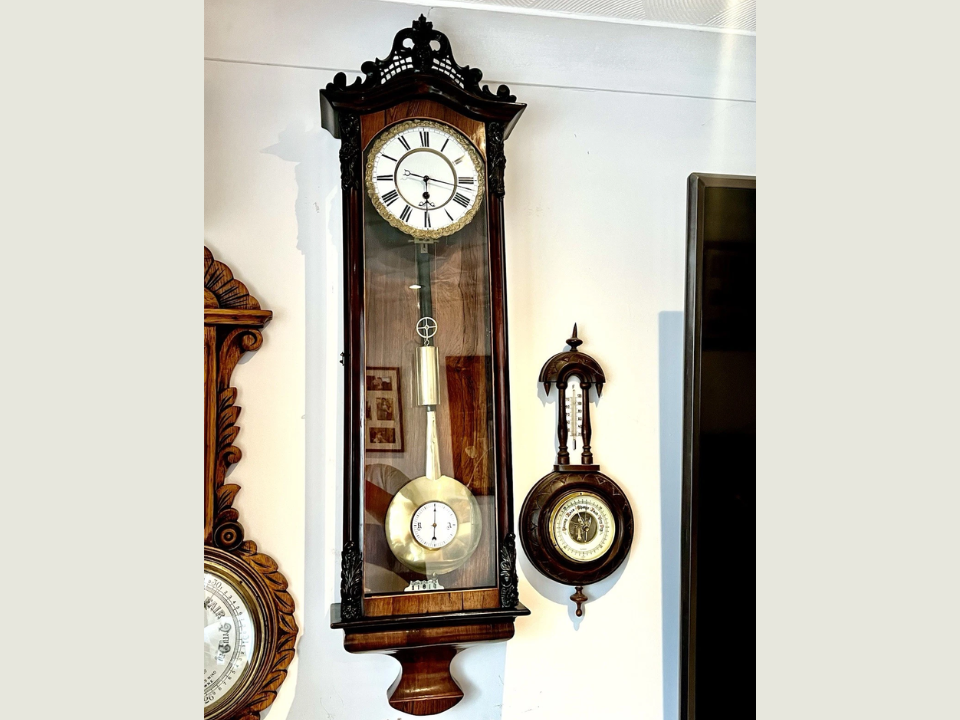
Vienna wall clocks became popular in the nineteenth century, known for their slim cases and elegant design. Originating in Austria, they were prized for both their appearance and reliable timekeeping. These clocks often feature walnut or mahogany wood, long pendulums, and fine detailing. They look sophisticated in hallways or dining rooms, where their chimes mark the passage of time with gentle tones.
Collectors often prefer pieces made between 1840 and 1900, as these showcase the height of Austrian craftsmanship. Regular cleaning of the case and winding of the mechanism keeps them running smoothly. Prices typically fall between $600 and $3,500 depending on age and maker. A Vienna wall clock adds a sense of quiet refinement to any traditional interior.
Tavern Clock
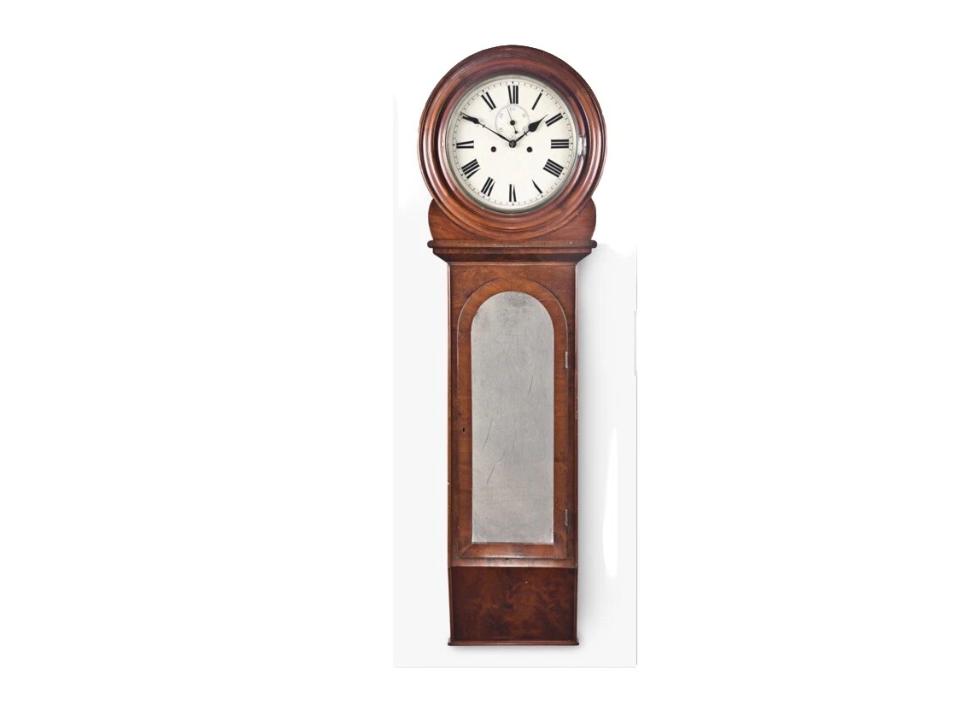
Tavern clocks, also known as Act of Parliament clocks, were designed for public places in eighteenth-century England. They are large wall clocks with wide faces that made it easy for patrons to read the time from a distance. Most were crafted from mahogany with painted dials, and some included the maker’s signature. Their bold design and historical charm make them favorites among antique clock enthusiasts.
Because of their size, tavern clocks work best in spacious areas like entryways or offices. Original models from known makers such as Thwaites & Reed are particularly valuable. To preserve their painted finish, they should be kept away from direct sunlight. A genuine tavern clock can range in value from $2,000 to $12,000, depending on provenance and condition.
This article originally appeared on Avocadu.
